Why Just 10 Minutes of No-Equipment Exercise Can Boost Your Day
We have all had days when the idea of a full workout feels impossible—whether it’s a busy schedule, work stress, or just wanting to chill. But what if I told you that just 10 minutes of simple bodyweight exercises, no equipment needed, can seriously boost your energy, focus, and strength?
This isn’t about shortcuts or gimmicks. It’s about fitting effective movement into your day, wherever you are—at home, work, or traveling. Ten minutes is all it takes to get your heart pumping and your muscles working.
Why 10 Minutes Works
Many think longer workouts are better, but science shows short, intense sessions get your heart rate up and activate major muscles. Plus, you keep burning calories after you finish—a bonus called EPOC (Excess Post-exercise Oxygen Consumption). No gym, no gear, no excuses.
Your 10-Minute Bodyweight Routine
This exercise is separated in five two-minute blocks. They all work a particular part of the body whilst maintaining your heart rate. No weights and props are required; you will only need your body, a timer and a bit of space to spread your arms out.
The routine aspires in the following way:
| Time Block | Focus Area | Exercises Included | Purpose |
|---|---|---|---|
| 0:00–2:00 | Warm-Up | Jumping Jacks, High Knees | Get the blood flowing and joints warm |
| 2:00–4:00 | Lower Body | Bodyweight Squats, Alternating Lunges | Strengthen glutes, quads, hamstrings |
| 4:00–6:00 | Upper Body | Incline Push-Ups, Arm Circles | Tone chest, shoulders, and arms |
| 6:00–8:00 | Core | Forearm Plank, Bicycle Crunches | Build abdominal strength and control |
| 8:00–10:00 | Full-Body Burnout | Burpees or Mountain Climbers | Boost heart rate and total-body endurance |
Customizing for Your Fitness Level
Real full body workout hits the three prime areas of the body — the upper body, core, and lower body — at the same time elevating the heart rate. This makes muscles strong, toned and raises cardiovascular endurance.
Bodyweight movements such as push-ups, lunges, planks, and squats train more than one type of muscle at a given time. They also build core muscles which are very important in maintaining posture, balance and injury precaution.
Among the biggest benefits of bodyweight training, one can think of its versatility. Never fear, even an inexperienced exerciser, you can regress movements. To give an example, practice push-ups on your knees or hold a plank position a half-minute rather than a minute. When you are more advanced, you can make it faster, introduce explosive movements (such as jump squat) or minimize rest between the exercises.
Tips for Getting the Most Out of It

Before starting, do deep breathing, and promise yourself to try your hardest during ten minutes. Stay away distractions — silence your phone, disable notifications and just consider this to be your appointment with yourself.
What counts is form rather than swiftness. Do not sacrifice quantity of motion reps. You do not only move, but you train your nervous system, make it strong, reinforce good habits. There is always more to it than 30 minutes of sloppiness and rush so that a good 10-minute session will be the best.
The other useful trick is to apply music. A motivating set of music can be used to increase morale and cadence. Select the songs that can motivate you and have the same level of intensity as the routine
The Reason Why No Equipment Is a Strength and Not a Limit
The same is a myth that you require dumbbells, bands, or machine to get the real results. However, your body is the greatest machine that you have at hand. Bodyweight exercises make you learn to control, feel stable, and in proper positioning. They are also less hard on joints.
And since they are location-independent, you take away the greatest obstacle of all the way-access. Fitness is an everyday activity that can be pursued wherever you go, including your place of residence, and a park.
As a matter of fact, bodyweight training is one of the core principles in the conditioning of professional athletes. Mastery of the art of moving your own body is the how to move the external loads better later.
How to Remain Disciplined With 10 Minutes of Workouts
The biggest wear in the fitness area is not commencing, it is sticking to it. Although 10 minutes of a workout may appear to be an easy promise, only on some days do people skip the workout due to either losing motivation, forgetting, or feeling that such a brief workout is insufficient. However, the fact is: consistency is always the winner.
You do not have to become perfect. All you have to do is turn up most of the times.
Here is the way to think of it — if you are unable to do a long workout, do a short one. Where you cannot do the hard ones, do the light ones. However, never snap the chain. That is where the actual progress is.
Creating a Weekly Exercise Regimen Using 10 Minutes a Day
This is a fair weekly routine utilizing 10-minute workout routine:
| Day | Focus Area | Notes |
|---|---|---|
| Monday | Full-Body Strength | Follow the original routine from Part 1 |
| Tuesday | Core & Cardio | Add longer plank holds + mountain climbers |
| Wednesday | Lower Body Burn | Lunges, jump squats, wall sits |
| Thursday | Upper Body Focus | Push-ups, arm circles, shoulder taps |
| Friday | Cardio Blast | Burpees, jumping jacks, high knees |
| Saturday | Flexibility & Balance | Add yoga-inspired moves (downward dog, hip openers) |
| Sunday | Active Rest or Repeat | Walk, stretch, or redo your favorite set |
The plan makes things fresh and limits the chances of burnout. There are options to mix and match according to how your body feels and going a second one when your body feels good.
Common Mistakes to Avoid
Anticipating immediate changes: This is not a short-term game. Overnight results cannot be expected here, but this will establish the habit that will help you change.
Hurried rep: There is no benefit in terms of getting it over as fast as possible but to be purposeful. There is no time where quantity is better than quality.
Missing warm-ups: It is important to warm up even during short workouts as the muscles require so. Having a couple of jumping jacks or light stretches at the beginning and end make a world of difference in how you will feel the following day.
Irregular form: While squatting or pushing, ensure that your form is right. When you are not paying attention you can easily strain the joints or develop bad movement patterns.
What to Do When You Feel Unmotivated
There might be days when you will wake up and you will not feel like moving. That’s okay. The thing is to promise to just start. Tell yourself that you are just going to warm up. Frequently, the energy comes when you start. It may turn out to be 3–5 minutes, but it will count. You were there. You moved. That is a success.
Any progress or calendar keeping can be useful too. By checking off the days you finish your exercise training, celebrate the streaks. The visual progress is an effective driver.
Should You Do These Workouts Every Day?
Short reply: yes, but pay attention to your body.
And since these exercises are not high-intensity and involve no equipment, it is usually safe to perform them every day. Nevertheless, part of being fit is to rest. In case you are too sore or tired, replace a training day with stretching, yoga or walking. That is active recovery and it keeps you in the habit loop.
And, of course, do not forget that exercise is only a slice of the pie. You feel and perform better when your body is hydrated, sleeping and eating right.
10 Minutes That Change Everything
Just 10 minutes a day can build strength, boost your mood, and help you feel more confident—no gym or fancy equipment needed. Start small, stay consistent, and watch how those 10 minutes add up.





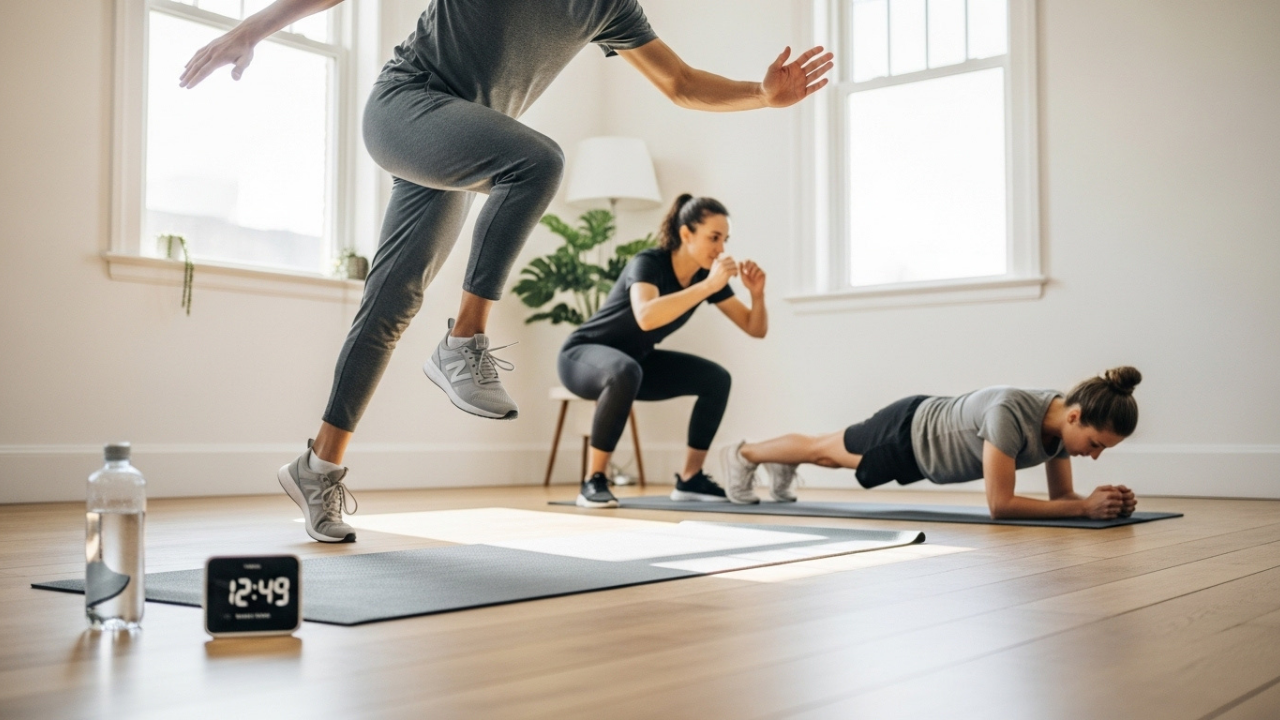




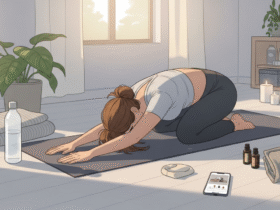
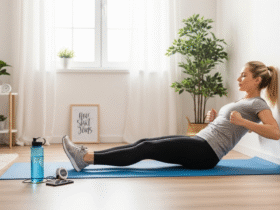
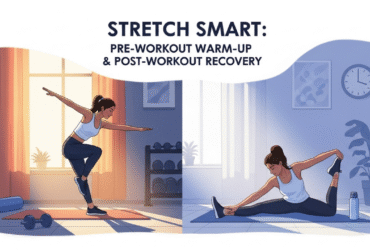
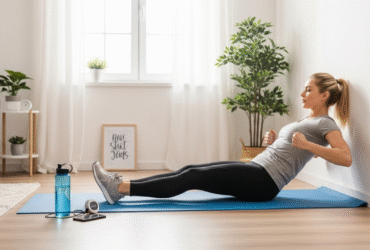
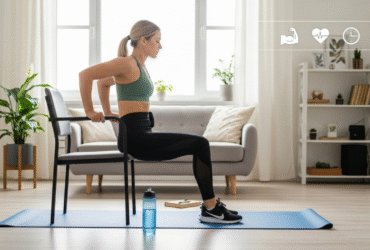
Leave a Reply